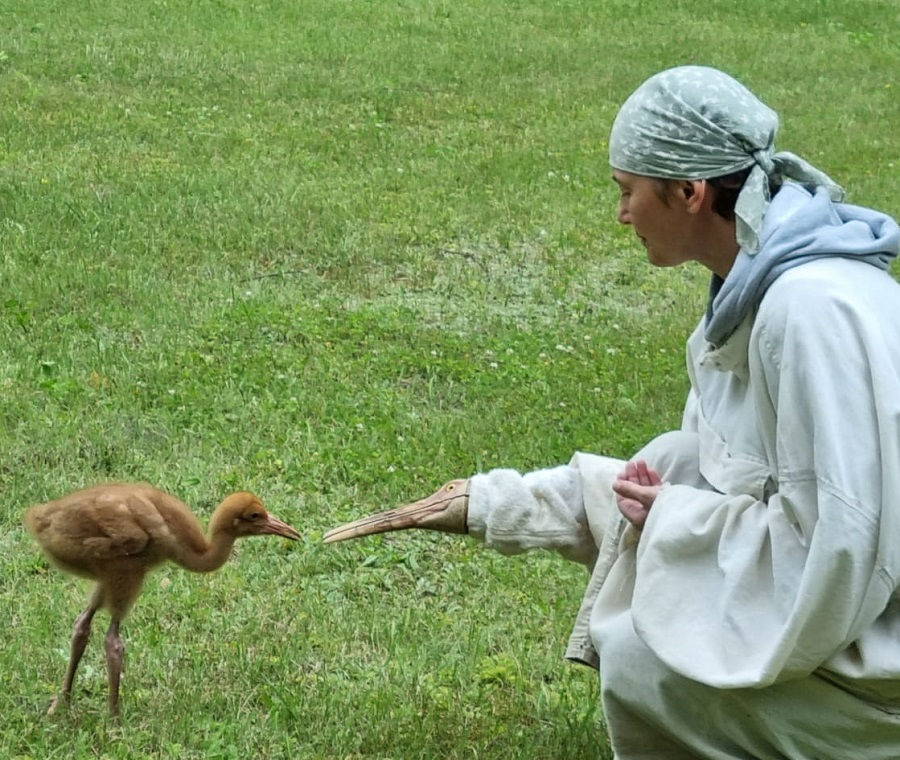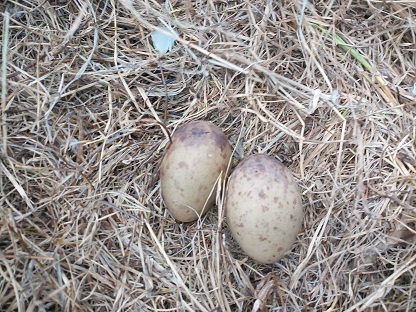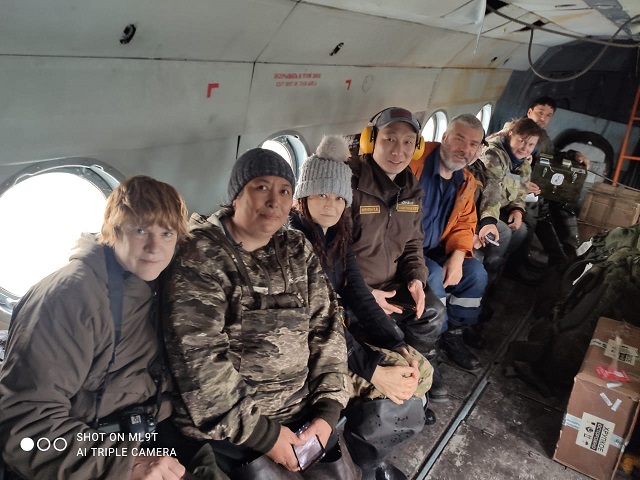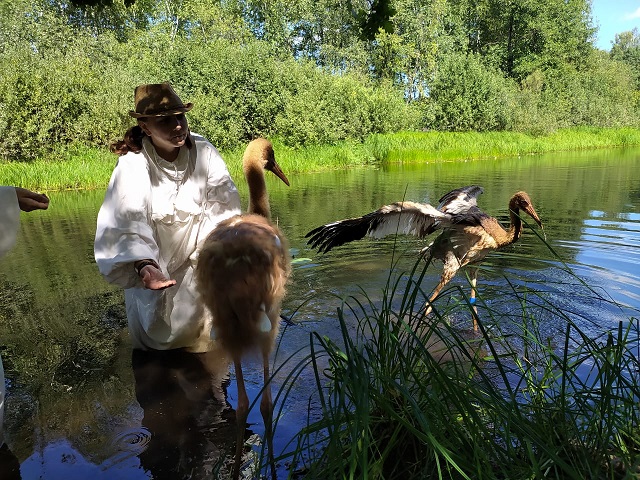The nursery of rare crane species in the Ryazan region has been replenished with “fresh blood". And this event is very serious, because sturgeons or as they are also called white cranes are endangered. This bird is endemic to Russia. The main part of the sterch nests in Yakutia. There are very few of them left in Western Siberia.
In the Ryazan region the nursery was created to preserve the gene pool of endangered cranes. A nursery is not just a house of sterkhs, it is an opportunity for their offspring to return to nature.
The scale of the expedition, which took place under the federal project "Conservation of biological diversity and development of ecological tourism", was not a joke. The work on the search for sterch eggs was carried out in Yakutia in the Kytalyk National Park. The expedition included employees of the Research Institute "Ecology", the Oksky Reserve, the Institute of Cryolithozone of the Siberian Branch of the Russian Academy of Sciences of Yakutsk, Rosprirodnadzor of Yakutia and the national park Kytalyk.
- The nests were searched for three days with the help of a light aircraft and on June 21 they started collecting eggs, says Kirill Postelnykh, head of the nursery. - However, not all the nests were found a second time, because the white incubating birds left the nest in advance, which is very difficult to see from a height. They flew up to the nest by helicopter and took only one egg. All this was done as quickly as possible in order to disturb the birds less.
As a result we managed to collect seven eggs. They were placed in a special transport box, where the incubation temperature was maintained with the help of hot water bottles. The way was not close: through Yakutsk, Moscow to the small village of Brykin Bor in the Ryazan region.
In the Moscow region Kirill Postelnykh, who has already fully taken care of the eggs, was in for a surprise. All bridges over the Oka River were blocked, so instead of the usual six hours, he spent all twelve on the road. The first chick hatched under Kolomna. This inspired hope that the eggs had survived a long journey in the noise and vibration of a helicopter, airplane and car.
By the beginning of July five sturgeons were born in the Oka Nature Reserve. The chicks were fed like babies every three hours. They walked twice a day in the floodplain forest, taught how to catch insects and shellfish and pick berries. Volunteers helped in this troublesome and continuous work. The process was led by headmother - a researcher at the nursery Tatyana Kozhanova.
For the first two months the sturgeons lived in individual enclosures, saw each other only through glass and immediately rushed into a fight. This is their peculiarity due to life in the north. The opponent must be driven out of his territory in order to get more food and survive. And in the nursery a transparent partition made it possible for the birds to get to know each other, but not to harm each other. Here in the Oka Nature Reserve the chicks began to fly.
Well, the next step was the unification of new settlers from Yakutia into married couples. It is important that the birds are unrelated.
By the way, the young sterkhs were named after the Yakut lakes: Bakyl, Nyanakh, Soluntakh, Kyllakh, Suturuk.
Photos from the archive of the Oka Nature Reserve





